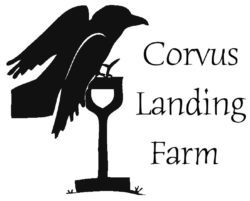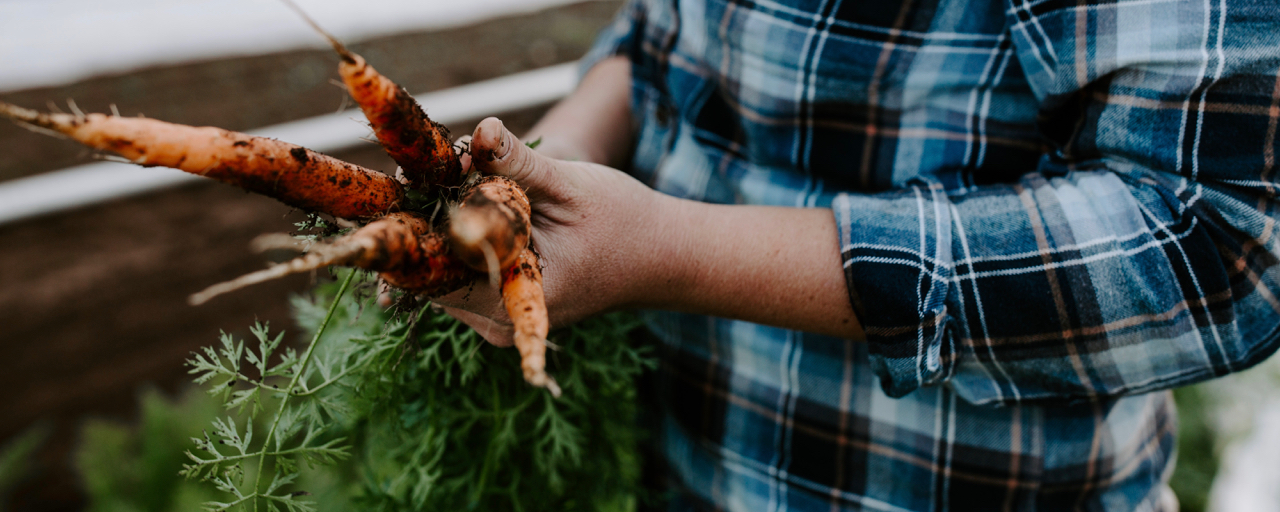Corvus Landing CSA


Our 2022 CSA is full!
Sign up for our waitlist below to get information in your inbox when shares are next available (likely spring 2023).
Do you love to cook? Do you like to try new vegetables? Our CSA might be for you! CSA stands for Community Supported Agriculture. Sign up now to be a member of the farm and receive the best the farm has to offer throughout the growing season. Members support the farm in the spring with early season expenses, and in exchange get more convenient access to farm produce and enjoy the benefits of eating the healthiest, freshest food around. Your commitment to the farm helps keep local agriculture strong! To help you enjoy the CSA to the fullest, we post weekly updates on our blog with recipes and suggestions for how to use your share.


Classic CSA

The classic CSA share is our best value and the same CSA we’ve offered since 2011. Members sign up in the spring and receive a weekly bag selected by the farmers of fresh, seasonal produce.
Read More
Members love unpacking their weekly shares, some saying that “every week is like Christmas.” Each bag is full of bright colors and fresh smells, and the CSA takes a lot of the work out of shopping and meal planning. We include mostly familiar items like carrots and salad greens, but also give you the fun of trying new vegetables. We help you use everything in the bag and keep you up to date on farm happenings with weekly share notes and recipes.
Pick up in Tillamook, Lincoln City, Neskowin, or sign up for convenient home delivery. Full shares contain 8 to 12 items and feed a family of 4 or 2 very enthusiastic vegetable eaters. Half shares contain 6 to 10 items and feed 1 to 3 people.
Pay in 1 or 3 installments. Pay by check or online, or use SNAP benefits. Half priced shares available, read more below.
Full share $35 week Half share $24 week
Flex share:
full time or part time

- 10, 14, or 18 weeks, July to November
- Market style pickup, pack your own share
- Come to the farm stand and pick out a set number of items
- Set your own schedule: pick from half time, 3/4 time, or full time options
- Commit to eating healthy and local on your schedule
- Available at all of our market locations
Read More
Do you want to support the farm and commit to local, healthy eating? If the weekly CSA bag isn’t a good fit, this may be for you. Sign up for half time (10 weeks), 3/4 time (14 weeks), or full time (18 weeks), half or full share. Show up to any of our farm stands or market booths and pick out 6 (small) or 10 (large) items from the stand. Come any time between July and November, no need to schedule them. We will track how many weeks you’ve used so you don’t have to.
Gone for the month of August? No problem! Hate kale and love cucumbers? Take whatever you want! Miss a week? Get double next week!
- July to November
- Market style pickup, pack your own share
- Your choice of vegetables
- Flexible schedule
- Try new things, eat more vegetables
- Available at any of our market locations
- Follow our blog for recipes and vegetable suggestions
- Support the farm by committing to eating locally
- Pay in 1 or 2 installments
Half share $23 week Full share $32 week
Learn moreMarket Choice

- Prepaid voucher to our market booths
- Most choice
- Don’t need to bring cash (we’ll track it for you)
- Challenge yourself to eat more vegetables
- Prepay for produce: support the farm and get extra value
Read More
Market Choice shares are a prepaid voucher good at all of our market booths. Pay upfront and get a discount on produce throughout the season: available in $100 increments with increasing discounts. The more you buy, the more you save! We’ll hold onto it at the market and track your purchases so you don’t have to remember cash every week. Market choice members commit to buying our produce, eating more vegetables, and shopping at the market, but have more flexibility in how they do so. If you want to support the farm but travel regularly or enjoy shopping at the market, this might be for you!
$100 increments with increasing discounts
Learn moreMore CSA Options


Low Income CSA Options
We offer 10% of our shares at half price for low income community members. If you receive public benefits, have small children or elderly family members at home, or are going through a medical crisis, these are for you! Half priced shares are funded through donations from members and a match from the farm.
Read More

Flower Bouquet Subscriptions
Bring some joy into your home (or someone else’s) with our 10-week flower bouquet subscription, with options for pickup or delivery. We also offer a 5 bouquet punch card, usable any time at our market stand. Flower subscriptions make a great gift!
Learn more

Home Delivery
We offer convenient mid-week delivery of Classic CSA shares to your home or work. Also available for flower shares. Most addresses in Lincoln City, Neskowin, and Pacific City are eligible. Never forget your share again!
Sign up online when you register for the CSA


